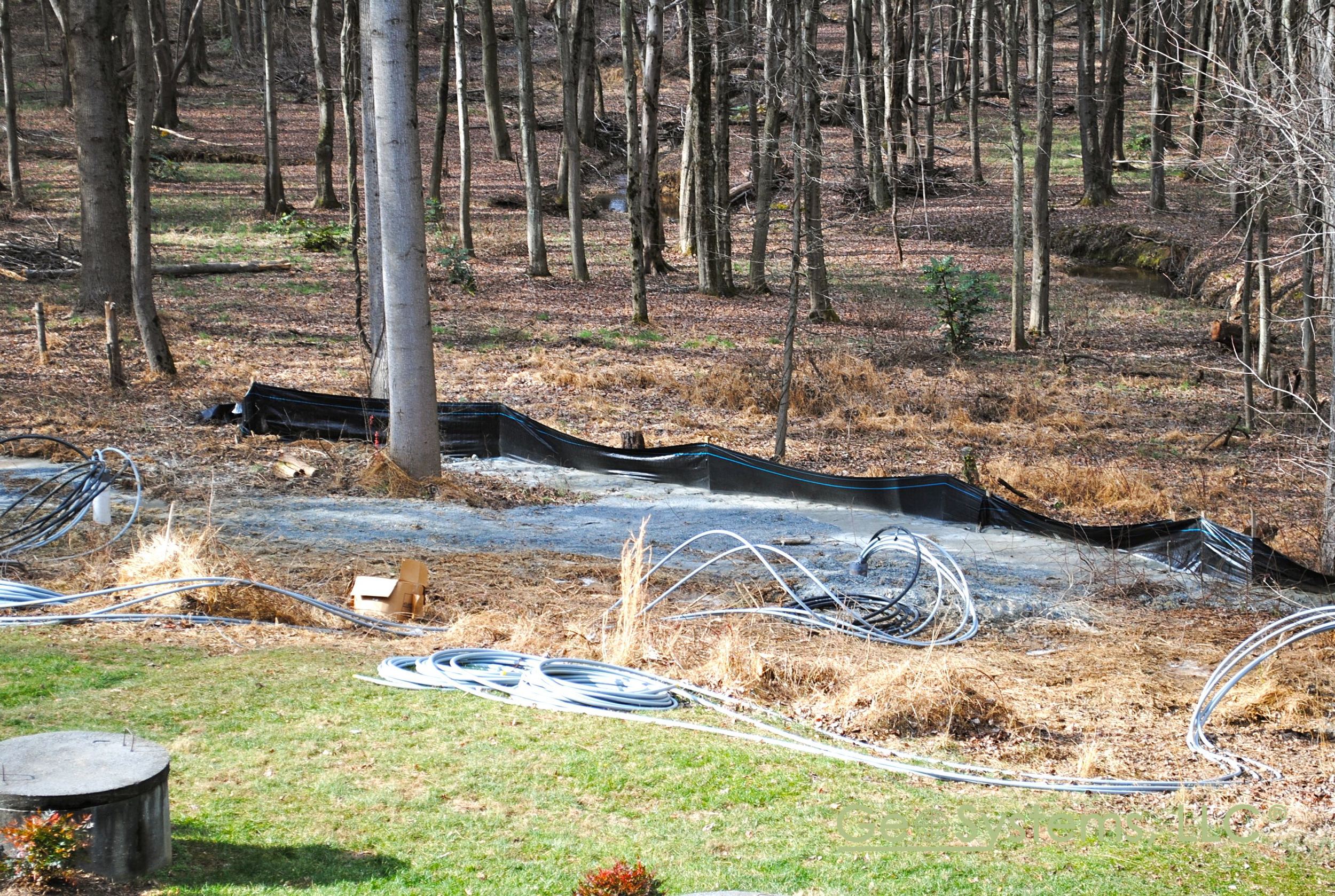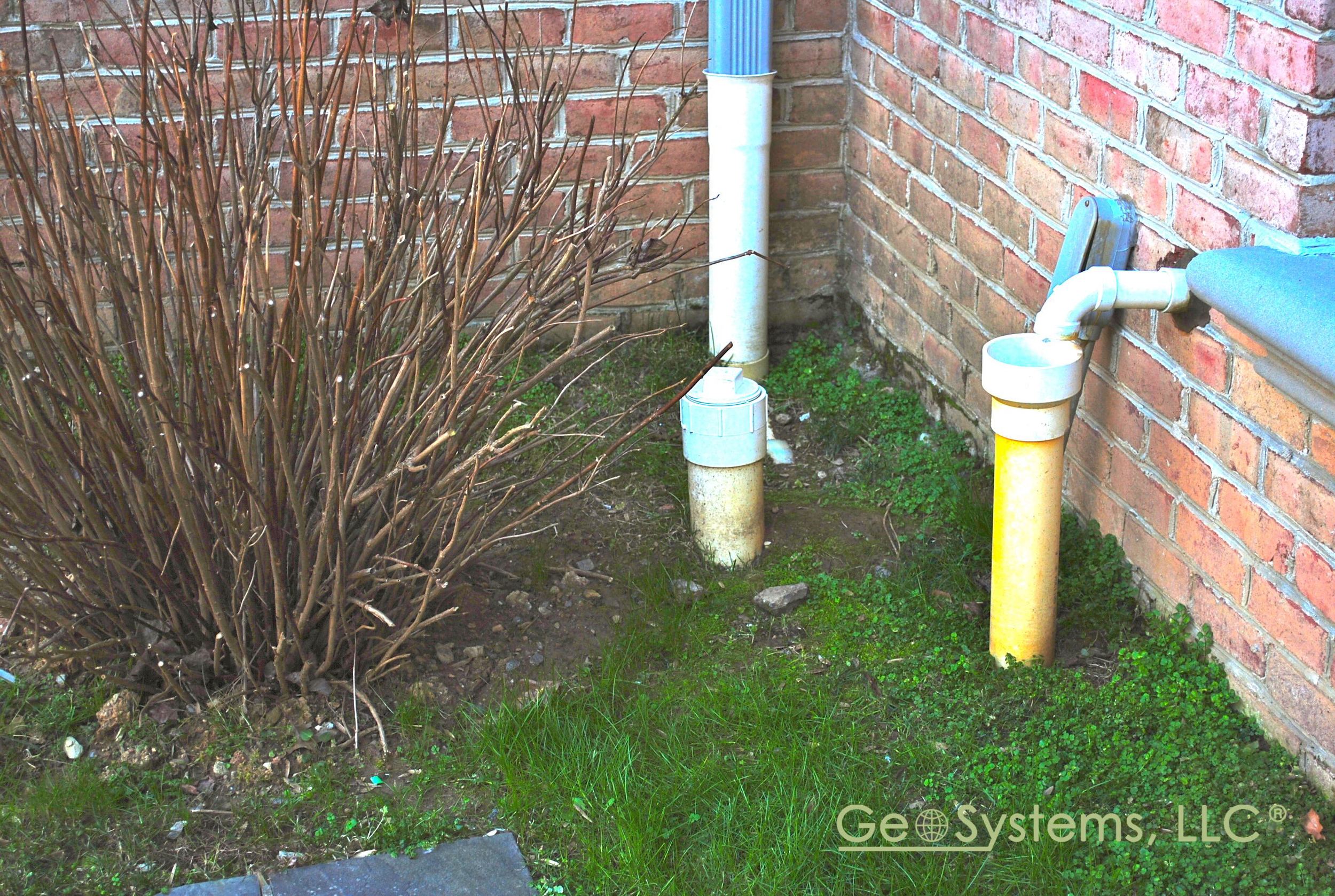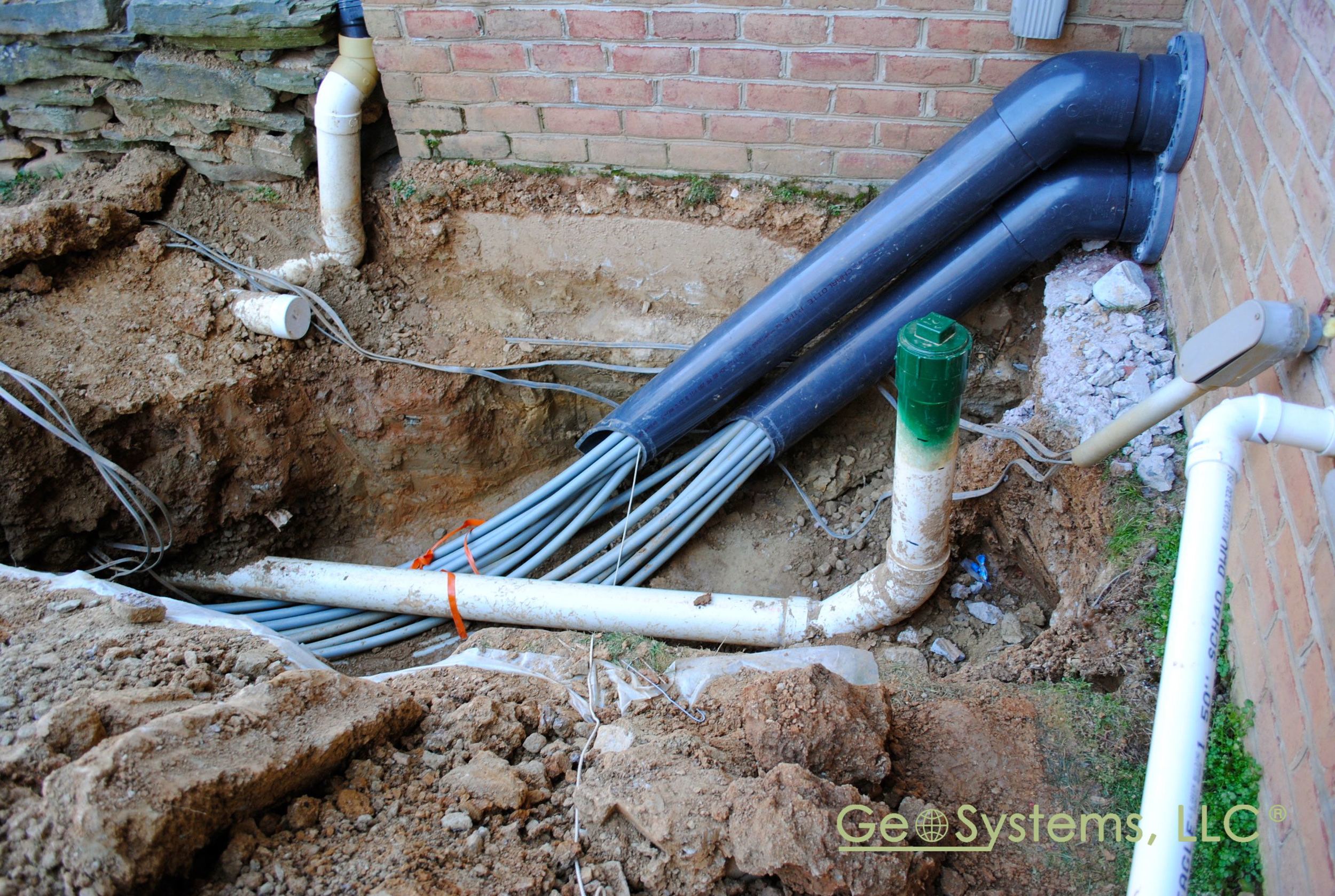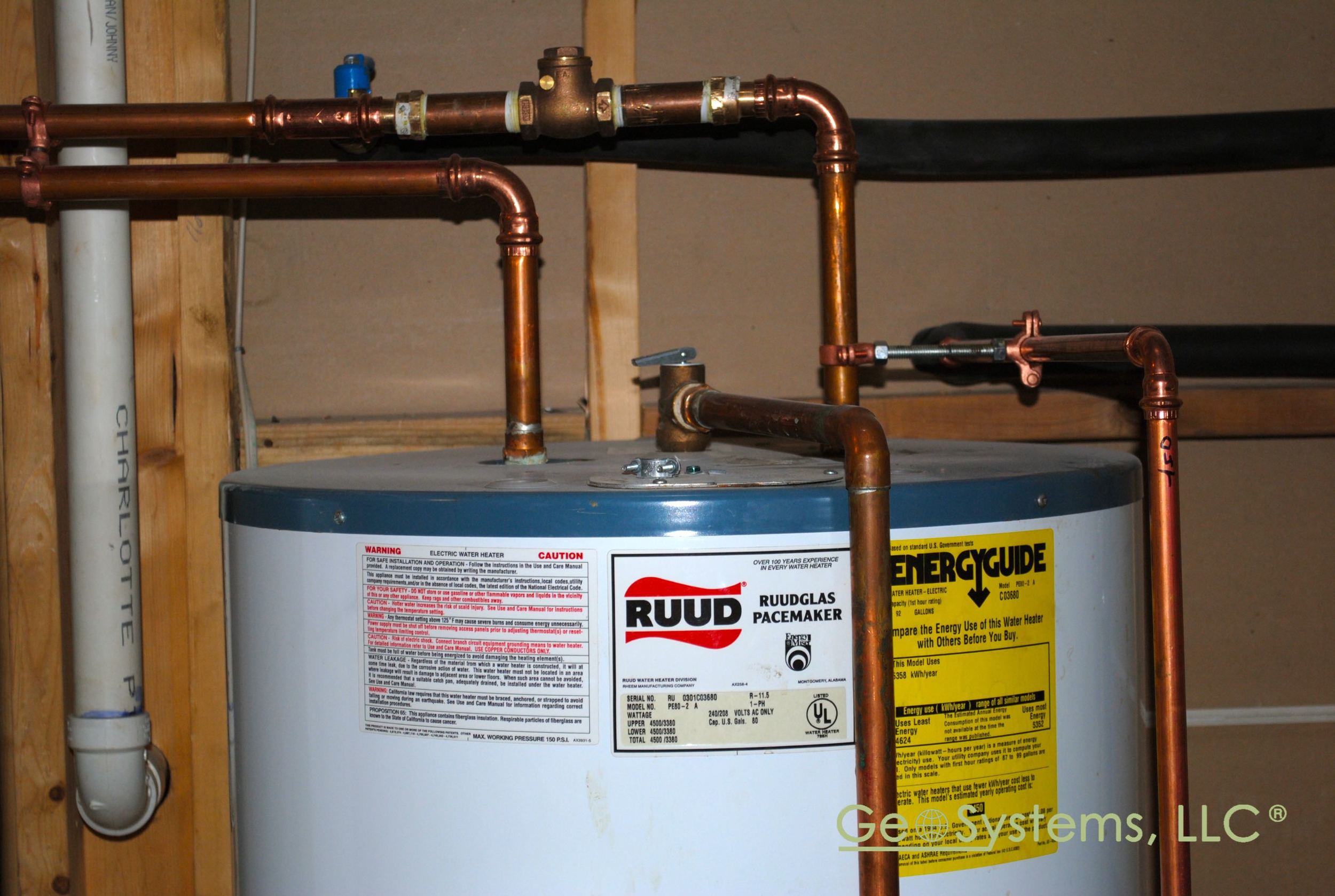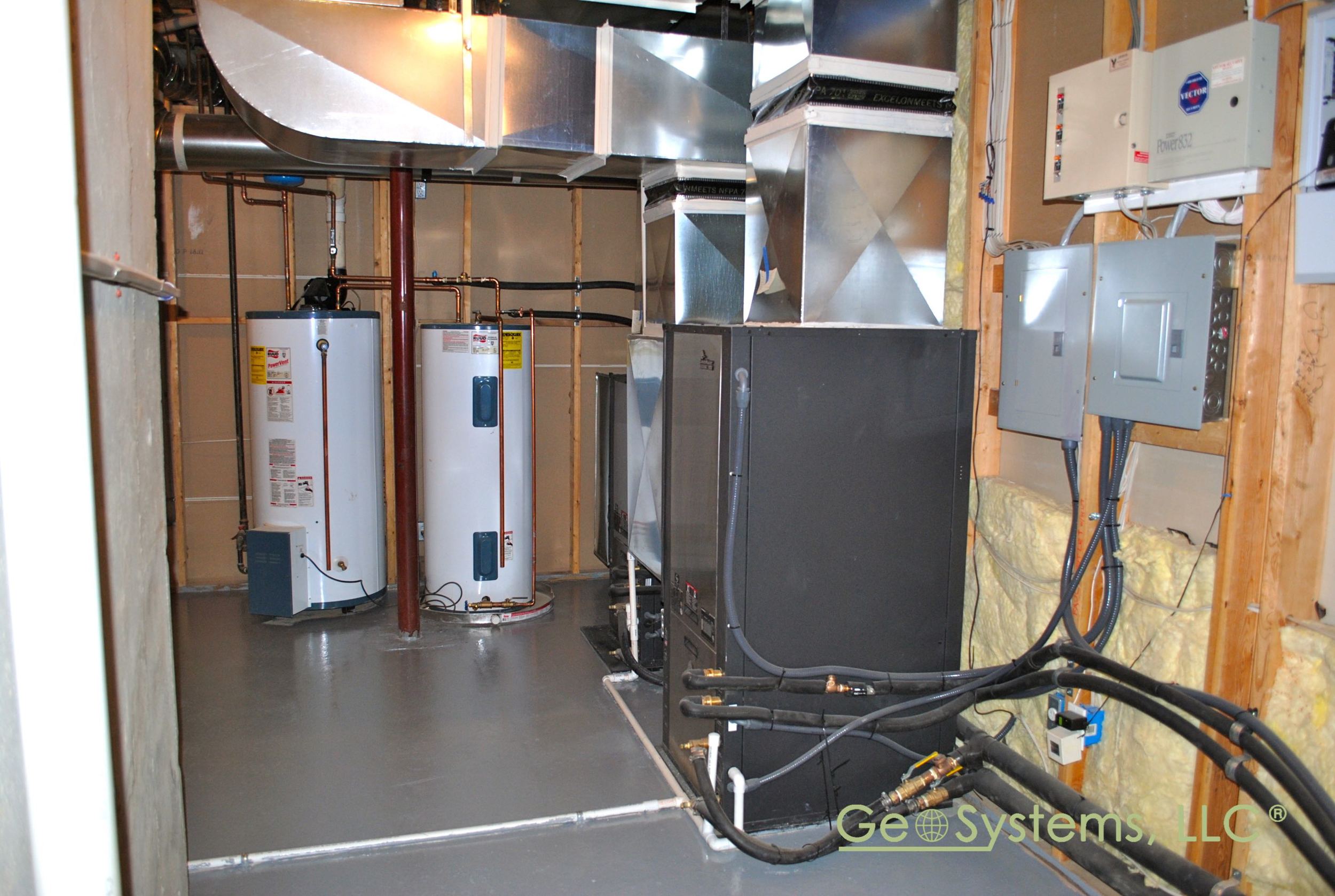There are ~85,000 GHPs installed annually across the United States, at an average 3 tons capacity each, for a total of 255,000 tons of new GHP capacity every year.
• Average efficiency of new GHP systems is 400% (COP4). 75% of GHP thermal production is renewable energy from the Earth.
• Annual GHP capacity installed in the United States is equivalent to 897 megawatts (MWTH). 75% of that—672 MWTH— is renewable energy from the Earth. That’s equivalent to displacing 3 average coal-fired power plants every decade.
• GHP installations displace the equivalent of 1,242,528 tons of CO2 emissions every year. That’s like taking nearly 220,000 passenger cars off our nation’s highways annually.
• Average residential GHP system installation cost is currently $20,000, depending on building size, heating and cooling load, drilling costs and other factors.
• At current installation rate of 85,000 units annually and an average cost of $20,000, GHPs are a $1.7 billion/year industry in the United States.
• GEO estimates a total of 1.5 million GHP units installed in the United States.
• Total U.S. GHP installations offer energy equivalent to 15,750 MWTH. 75% of that—11,810 MWTH—is renewable energy from the Earth.
• GHP installations in the United States have doubled in the past decade.
GEO believes that U.S. geothermal heat pump demand is poised to explode when construction and the economy rebound.














